The Conference for Video Engineers
October 5, 2017 • San Francisco, Broadway Studios
VideosSubscribe to the Demuxed mailing list


The Speakers
-
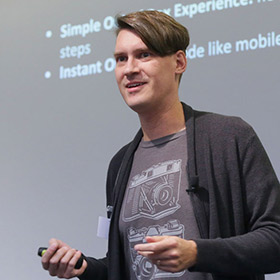
Mark Watson
Netflix
Lights, Colors, Artwork
Talk Overview -

Yueshi Shen
Twitch
Live Video Transmuxing/Transcoding: FFmpeg vs TwitchTranscoder
Talk Overview -
Tarek Amara
Twitch
S-Frame in AV1: Enabling better compression for low latency live streaming.
Talk Overview -
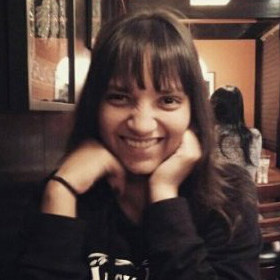
Megha Manohara
Netflix
Streaming at 250 kbps: raise your expectations
Talk Overview -
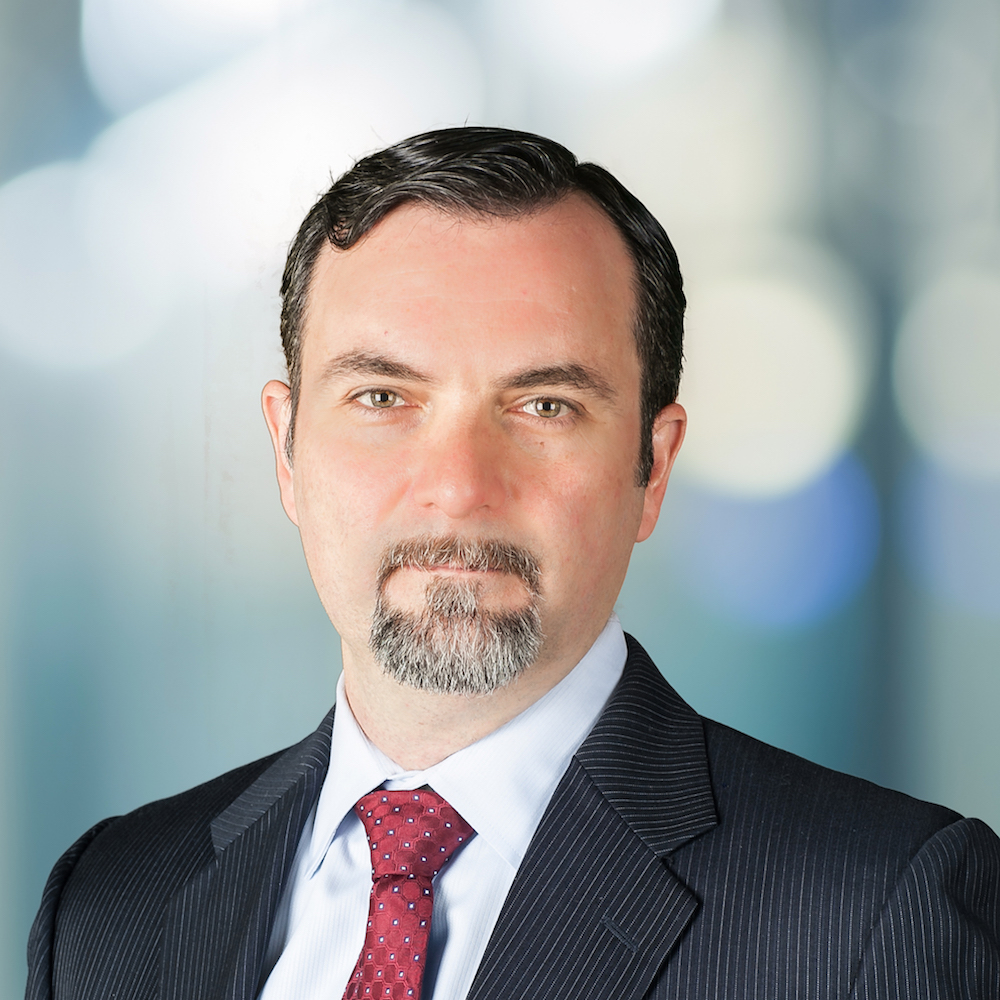
Hector Ribera
Marton Ribera Schumann
& Chang LLPHEVC Patent Pools: where do we stand?
Talk Overview -
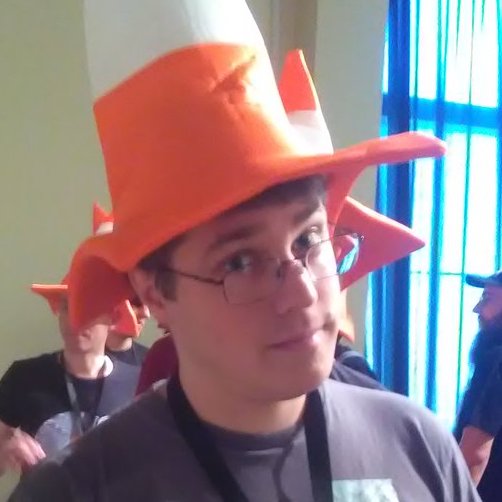
Derek Buitenhuis
Vimeo
Things Developers Believe About Video Files (Proven Wrong by User Uploads)
Talk Overview -
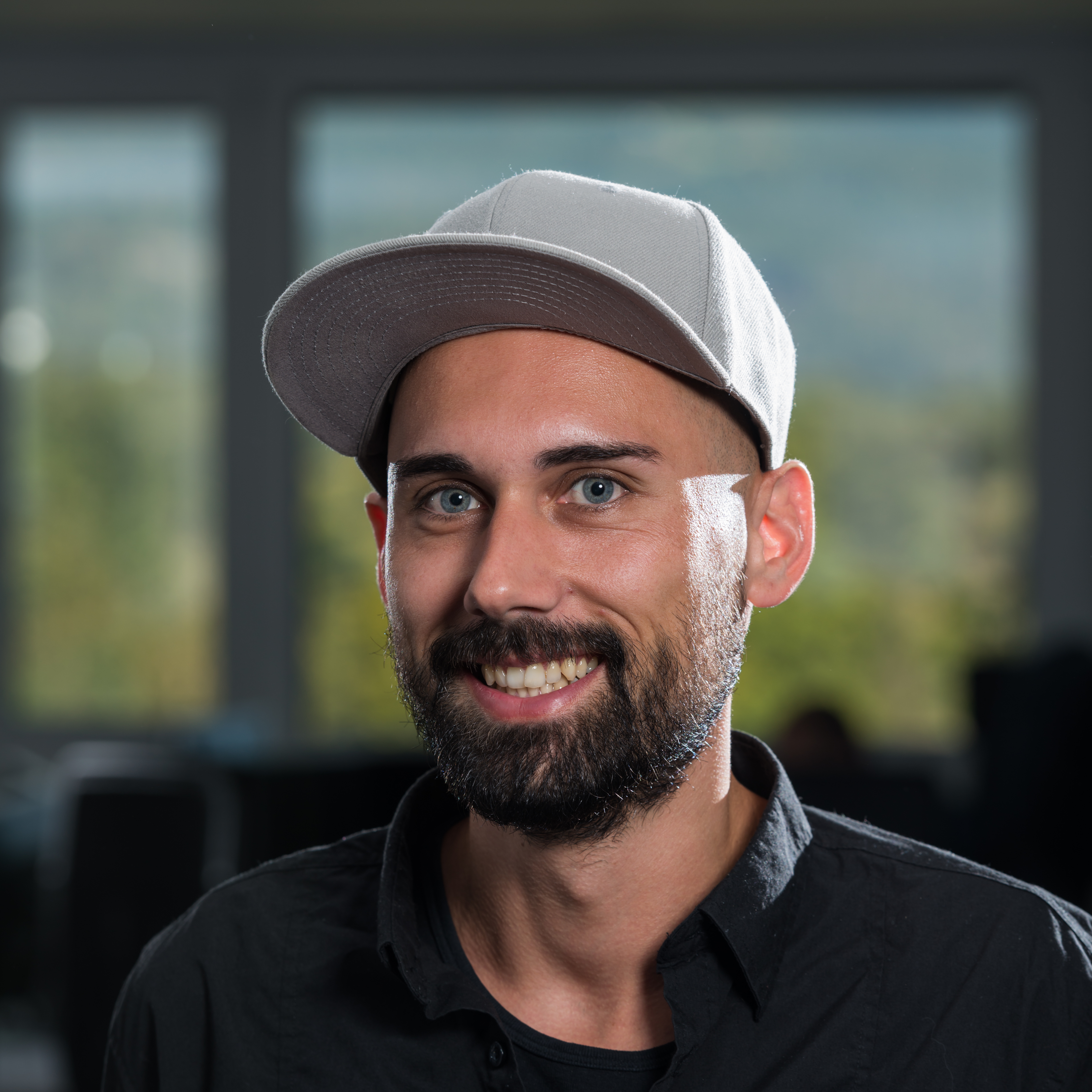
Mario Guggenberger
Bitmovin
Ambisonic Audio Using the WebAudio API
Talk Overview -
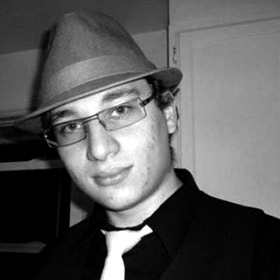
Gary Katsevman
Brightcove
Let's talk about captions: WebVTT and TTML
Talk Overview -

Kieran Kunhya
Open Broadcast Systems
Why do broadcasters suddenly care about IP - it’s not why you think!
Talk Overview -
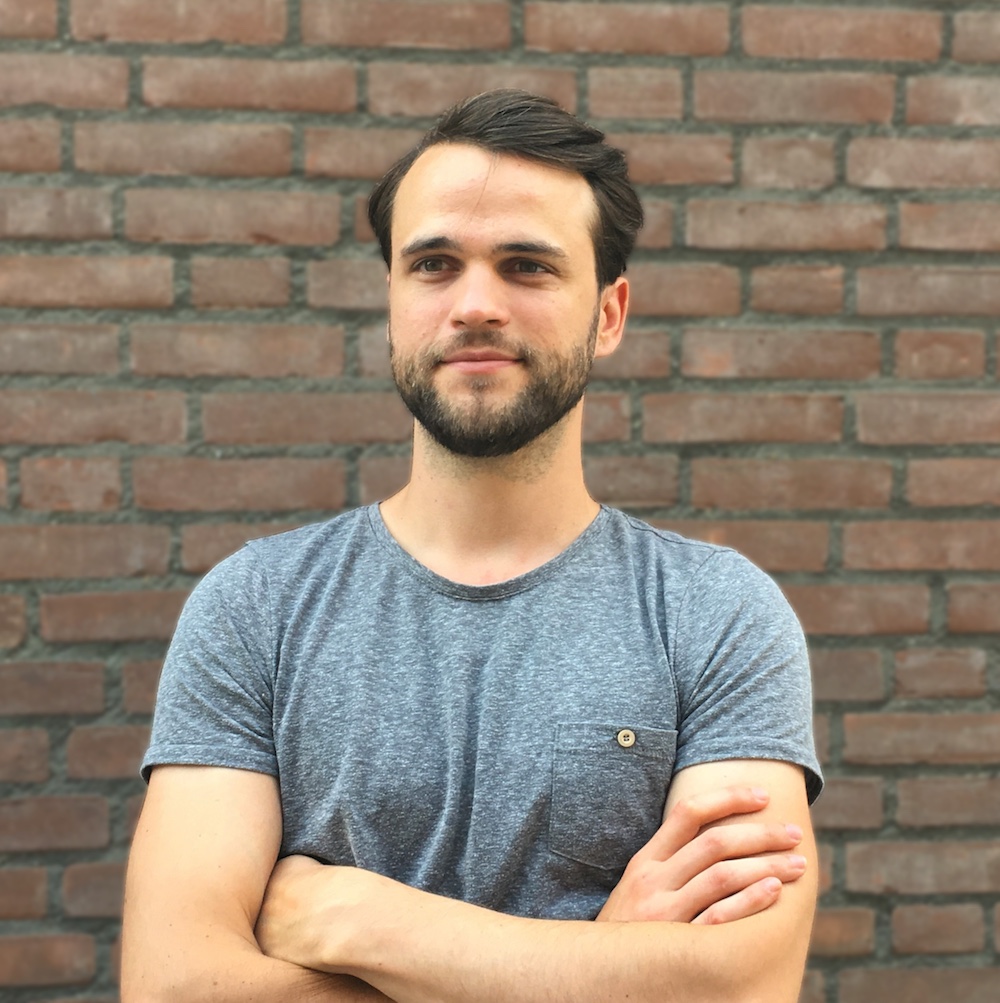
Sytse
van GeldermalsenUnified Streaming
Dynamic server-side content stitching for personalized streams.
Talk Overview -
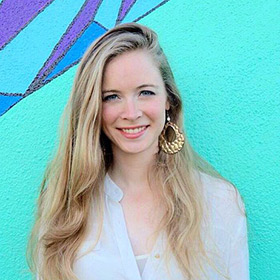
Allison Deal
Live Linear Ads
Talk Overview -
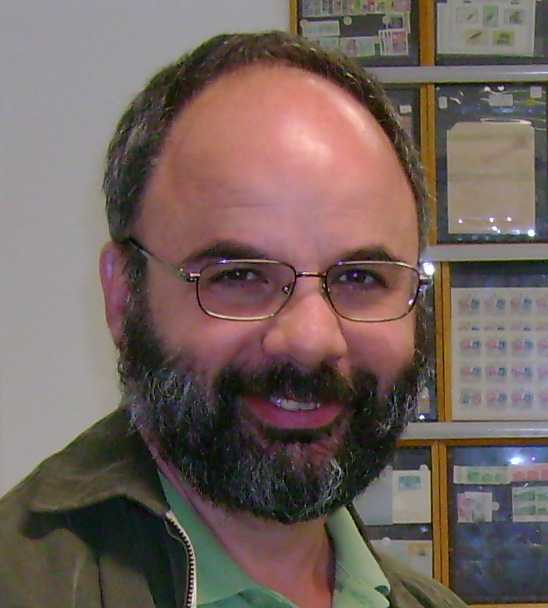
Dr. Greg Mirsky
Beamr
Practical HDR: Not 101, but Flavors, Pros, Cons, Dos and Don’ts
Talk Overview -

Matt Ward
Mux
Content delivery sucks, and what you can do about it
Talk Overview -
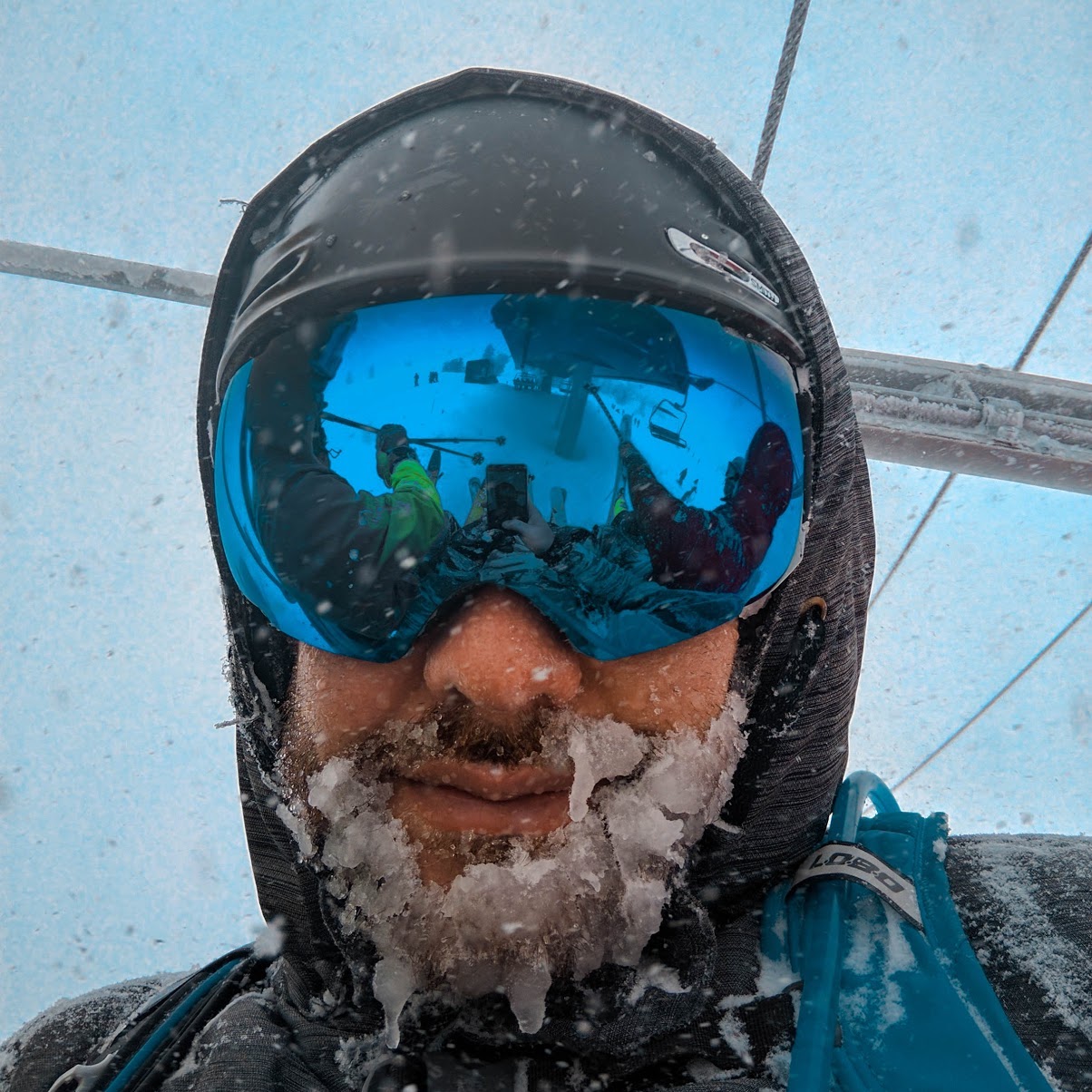
Steven Robertson
YouTube
Ultra-High Resolution Playback Visualization and its Applications
Talk Overview -

Scott Kellicker
Wowza
3 Second End to End Latency At Scale
Talk Overview -
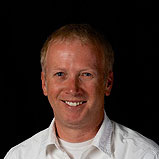
Jamie Sherry
Wowza
3 Second End to End Latency At Scale
Talk Overview -
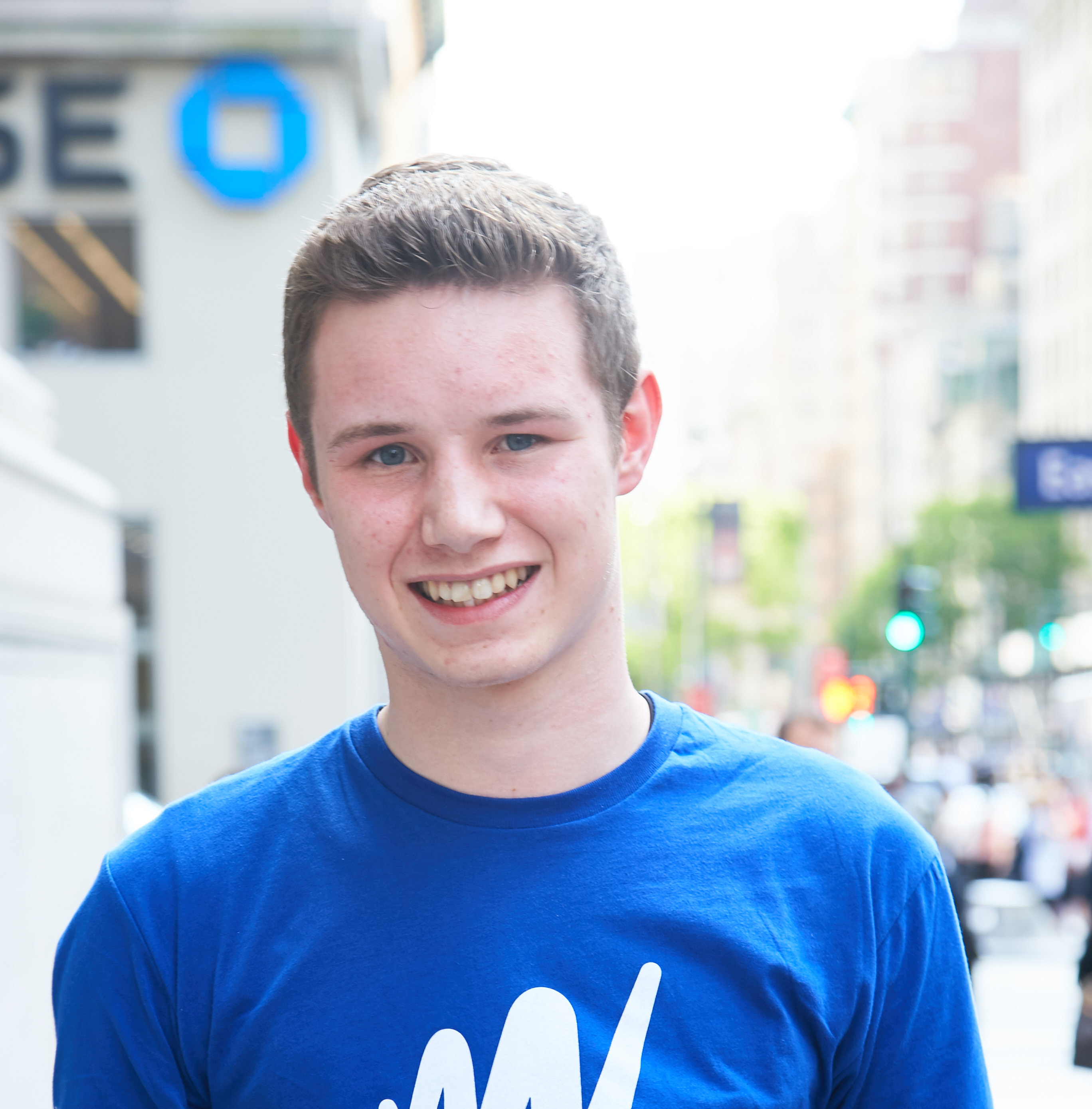
Rik Heijdens
JWPlayer
Leveraging Artificial Intelligence for Scene Detection in Broadcast Video
Talk Overview -

Vittorio Giovara
Vimeo
Color Me Intrigued: A Jaunt Through Color Technology in Video
Talk Overview -
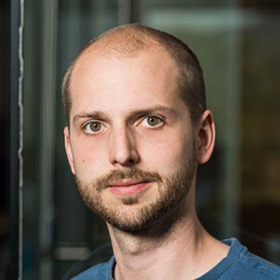
Reinhard Grandl
Bitmovin
Going Beyond Bitrate - Adaptation Based on Video Context
Talk Overview -
Thomas Daede
Mozilla
AV1 Update
Talk Overview


Mark Watson
Netflix
Next year will see widespread availability of a new creative canvas (High Dynamic Range, Wider Colors), a new royalty-free codec (AV-1) and a new royalty-free image format (AVIF). These new technologies offer great opportunities for creating new immersive experiences, both in content itself and in discovery/user interfaces. What are some of the challenges when we move from "find, click, play" to a rich, seamless and dynamic auto-playing user experience ? How will these new technologies help - and hinder - that evolution?

Yueshi Shen
Twitch
In this talk, we will examine FFmpeg as a live-stream RTMP-to-HLS transcoder and provide some insight on how to operate the tool. Such a solution is simple to deploy but has a few technical issues, such as segment misalignment, unnecessary performance sacrifice, and a lack of flexibility to support our product features. Therefore, Twitch has implemented its own in-house transcoder software stack called TwitchTranscoder, which runs in a custom designed threading model and outputs N variants in a single process.
Tarek Amara
Twitch
S-frame (Switching Frame) was added to the AV1 video encoder to allow shorter segments in ABR, enabling low latency live streaming without the burden of using bit-consuming IDR frames. Segments will be allowed to start with S-frame and video player could switch, decode and play at any segment boundary. This talk will cover specifics of S-frame and show how up to 20% bitrate savings could be achieved on top of AV1 encoder.

Megha Manohara
Netflix
Netflix is available all around the world, and we want all of Netflix's subscribers to stream the best quality videos possible in their bandwidth.
This talk will focus on the research and implementation challenges of Dynamic optimizer - an innovative shot-based encoding tool that raises the perceptual quality of streams at bitrates as low as 250kbps.

Hector Ribera
Marton Ribera Schumann & Chang LLP
Many patents have been asserted to cover various aspects of the HEVC technology. While patents for earlier standards have more or less converged into a primary patent pool, patent holders claiming ownership of various HEVC features seem to be drifting in multiple directions. We will discuss the state of the various patent pools forming around the HEVC standard.

Mario Guggenberger
Bitmovin
360-degree videos are becoming mainstream media and promise an immersive experience. Adjusting the video viewport according to the user or device movements is just half the battle. Not only video but also audio is an important factor for an immersive experience. In this talk I will show how ambisonic audio can be handled in JavaScript using the WebAudio API, to enrich 360 video experiences with true "surround" sound.

Gary Katsevman
Brightcove
The w3c has two main caption and subtitle formats that they maintain specs for: WebVTT and TTML. We'll go into a quick history of the two formats, how they look like, what features they provide, and how to use them on the web. We'll end with a verdict on which one is better!

Kieran Kunhya
Open Broadcast Systems
As you walk the halls of major tradeshows such as IBC or NAB, you’ll see that every booth talks about why IP is the future. But they’re not just talking about delivery, they’re talking about using IP for live production of content instead of current technologies such as satellite and SDI. This presentation will explain how these industries are changing and go into some of the engineering challenges of handling tens or hundreds of gigabits of uncompressed video on standard server hardware whilst interoperating with traditional hardware.

Sytse van Geldermalsen
Unified Streaming
With the rising trend of stream personalization, we present a true scalable server-side stitching solution for all major playout and DRM formats.
The architecture is stateless, pull oriented, and also features just-in-time transcoding to fix non-matching content.
The presenter was responsible for the just-in-time transcoding component facing various challenges relating to segment based transcoding with audio and video.

Allison Deal
We'll talk about the standard for live linear advertising signaling and the challenges around adapting these traditional broadcast practices for the OTT world. The discussion will focus on strategies to ensure an accurate and consistent customer experience and techniques for real-time monitoring, identifying, and mitigating inconsistent metadata across hundreds of channels.

Dr. Greg Mirsky
Beamr
This talk will be devoted to the practical aspects of HDR technology for video engineers. Most HDR presentations these days focus on color spaces, EOTF and OETF and tone mapping, but this one's for the practical aspects of HDR deployments. We'll cover the pros and cons of various formats from a practical deployment point of view, the proliferation of various flavors, CPE (Customer Premises Equipment) as of 2017, constraints, workflow aspects, common dos and don’ts, and HDR's impact on codecs.

Matt Ward
Mux
Content delivery is hard and there are many options out there which can feel overwhelming at time. What actually are all of those options and how do you decide what to actually do? This talk will go into the details of how to make CDN decisions and actually improve the things that you once thought were out of your control.

Steven Robertson
YouTube
Tuning ABR starts off with broad strokes, but perfecting it can require a second-by-second understanding of what your algorithm is doing. We've built a system that captures millisecond-level detail on what's going on during a playback (easy), and invested in figuring out how to display that information effectively so we can spot useful improvements (harder).

Rik Heijdens
JWPlayer
We've implemented a scene detection framework that segments videos into logical story units without the need for a human editor. We achieve this in two steps: 1) we train a deep-learning model to learn a distance measure (i.e. similarity measure) between all pairs of shots by leveraging visual, audio, and textual features extracted from the video; 2) we then cluster contiguous groups of shots into scenes based on the full similarity matrix of shots.

Vittorio Giovara
Vimeo
This talk aims to shed light on colorspaces - what they are, how and why they work, why we should care about handling edge cases properly. Starting with historical design choices, venturing through current standards such as BT.709, and arriving at modern times with High Dynamic Range, the focus will be on practical applications on the web and in broadcast.

Reinhard Grandl
Bitmovin
Since Netflix started using ‘per-title encoding’, optimizing the encoding recipe for the content has become a well-known concept. But what if a similar approach could be applied to every scene on the client side using the adaptation logic? Many low complexity scenes do not need to be streamed at a high bitrate to maintain a consistent perceptual quality for the viewer. These sequences can be replaced by lower bitrate segments, saving bandwidth and reducing costs, if the client is aware of the video context and not only the bitrate of a segment.
The Schedule October 5th, 2017
-
Morning
-
8.00am – 8.45am
Registration -
8.45am – 9.00am
Opening Remarks -
9.00am – 9.45am
Keynote
Mark Watson
Lights, Colors, Artwork
-
9.45am – 10.15am
Thomas Daede
AV1 Update
-
10.15am – 10.25am
Short-formTarek Amara
S-Frame in AV1: Enabling better compression for low latency live streaming.
-
10.25am – 10.35am
Break -
10.35am – 10.45am
Short-form
Hector Ribera
HEVC Patent Pools: where do we stand?
-
10.45am – 11.15am

Megha Manohara
Streaming at 250 kbps: raise your expectations
-
11.15am – 11.30am
Short-form
Derek Buitenhuis
Things Developers Believe About Video Files (Proven Wrong by User Uploads)
-
11.30am – 12.00pm

Mario Guggenberger
Ambisonic Audio Using the WebAudio API
-
Afternoon
-
12.00pm – 1.00pm
Lunch -
1.00pm – 1.10pm
Short-form
Gary Katsevman
Let's talk about captions: WebVTT and TTML
-
1.10pm – 1.40pm

Kieran Kunhya
Why do broadcasters suddenly care about IP - it’s not why you think!
-
1.40pm – 1.50pm
Short-form
Sytse van Geldermalsen
Dynamic server-side content stitching for personalized streams.
-
1.50pm – 2.20pm

Allison Deal
Live Linear Ads
-
2.20pm – 2.35pm
Break -
2.35pm – 2.45pm
Short-form
Dr. Greg Mirsky
Practical HDR: Not 101, but Flavors, Pros, Cons, Dos and Don’ts
-
2.45pm – 3.15pm

Matt Ward
Content delivery sucks, and what you can do about it
-
3.15pm – 3.25pm
Short-form
Steven Robertson
Ultra-High Resolution Playback Visualization and its Applications
-
3.25pm – 3.55pm


Scott Kellicker & Jamie Sherry
3 Second End to End Latency At Scale
-
3.55pm – 4.10pm
Break -
4.10pm – 4.20pm
Short-form
Rik Heijdens
Leveraging Artificial Intelligence for Scene Detection in Broadcast Video
-
4.20pm – 4.50pm

Vittorio Giovara
Color Me Intrigued: A Jaunt Through Color Technology in Video
-
4.50pm – 5.00pm
Short-form
Reinhard Grandl
Going Beyond Bitrate - Adaptation Based on Video Context
-
5.00pm – 5.30pm

Yueshi Shen
Live Video Transmuxing/Transcoding: FFmpeg vs TwitchTranscoder
-
5.30pm – 5.40pm
Closing Remarks
Goodbye from Demuxed for 2017!
-
5.40pm – 9.00pm
After Party
Fun and Drinks!

The Location
Broadway Studios
435 Broadway
San Francisco
CA 94133
broadwayvenue.com


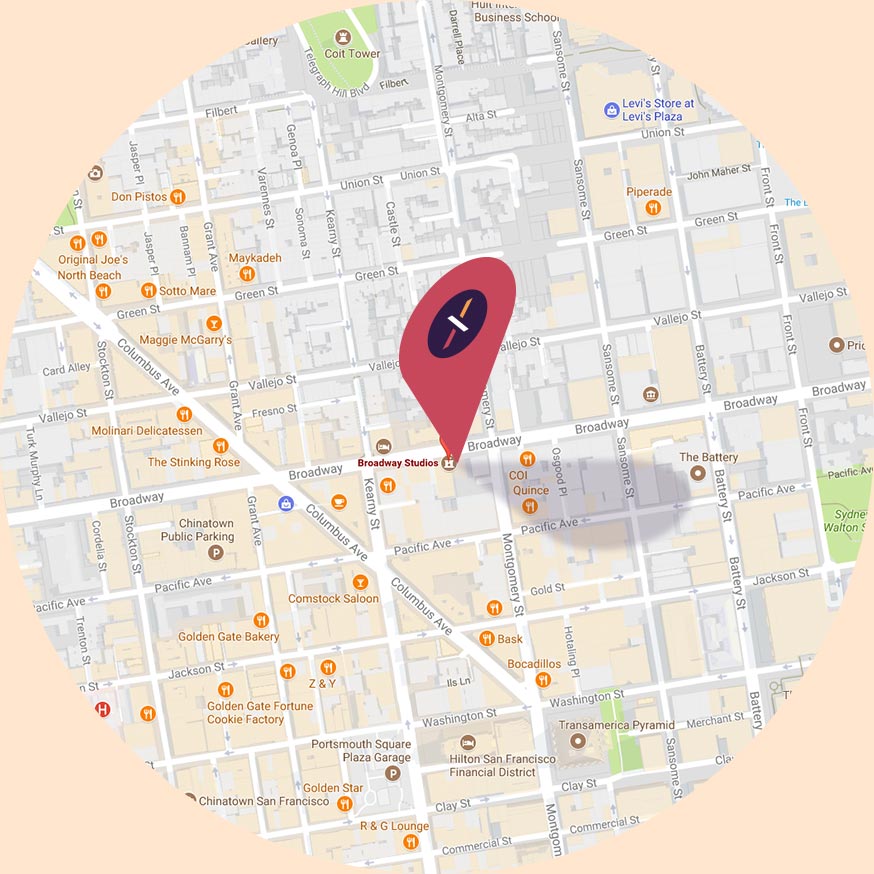
About us
Demuxed is simply engineers talking about video technology. After years of chatting about video at the SF Video Technology Meetup, we decided it was time for an engineer-first event with quality technical talks about video. Our focus has traditionally been on content delivered over the web, but topics cover anything from encoding to playback and more!
Who's organizing this?
Most of the organization and work behind the scenes is done by folks from Mux (Demuxed came first ☝️) but none of this would be possible without amazing people from the meetup.
Every year we get a group together that's kind enough to do things like schedule planning, help brainstorm cool swag, and, most importantly, argue heatedly over which talk submissions should make the final cut.
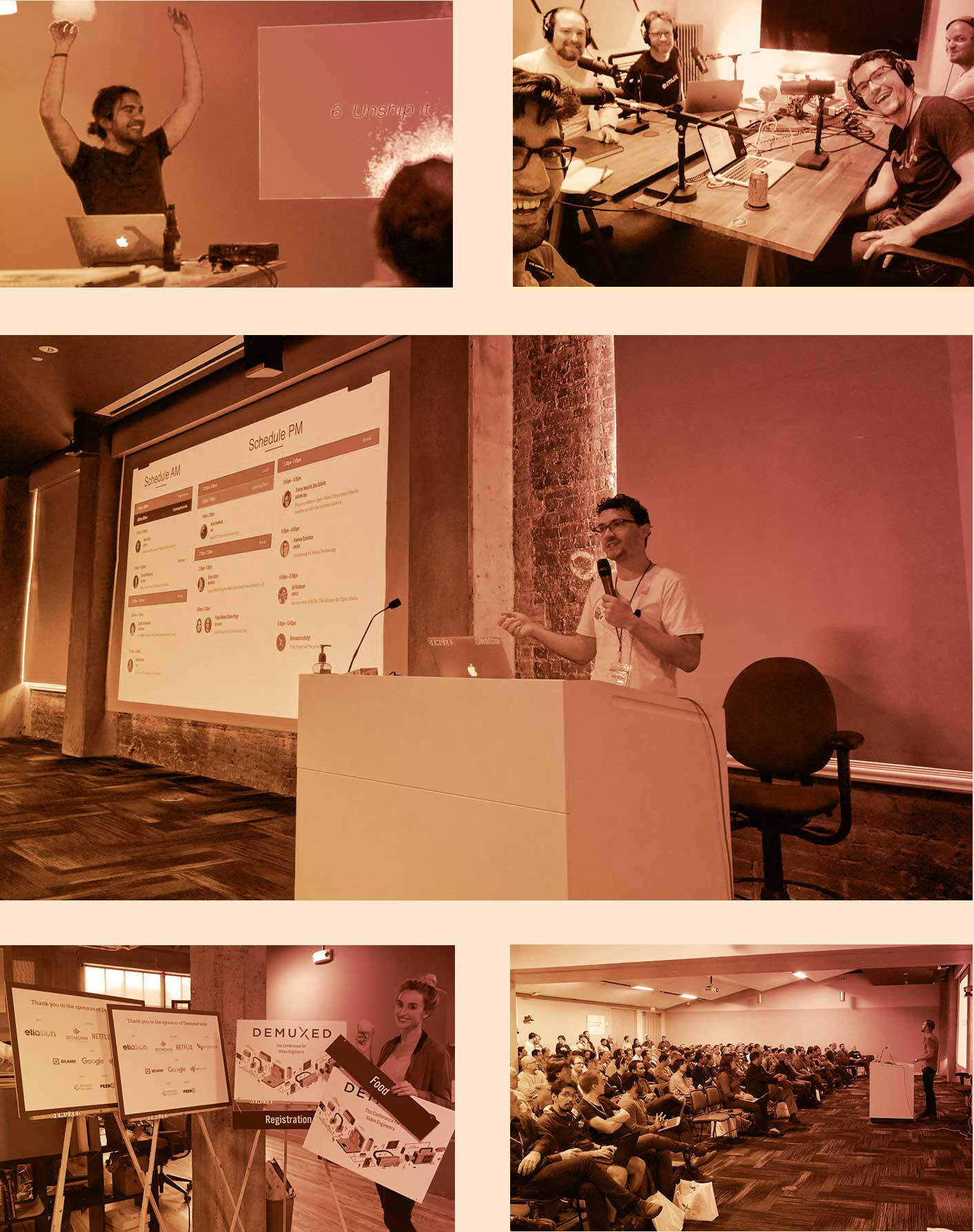
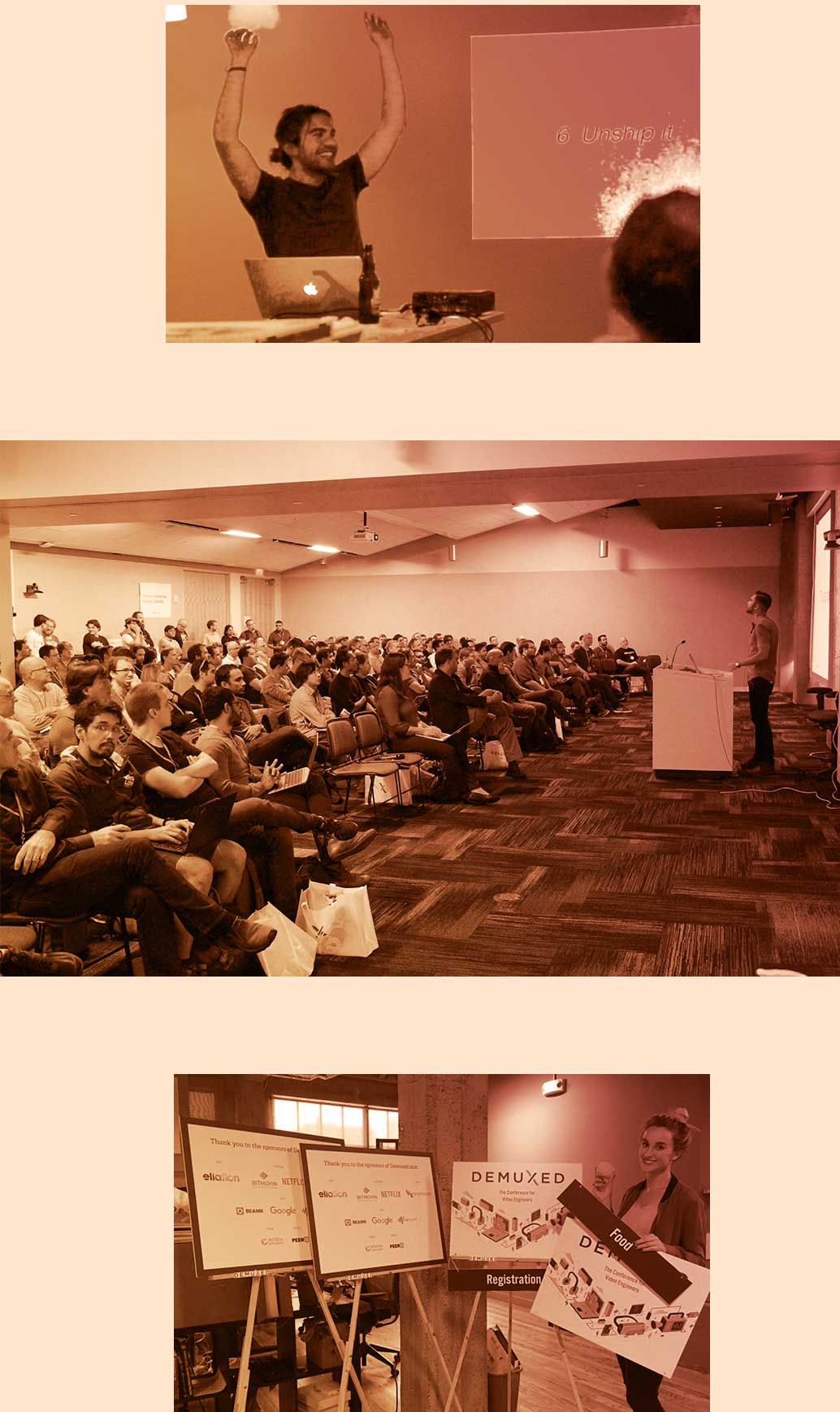
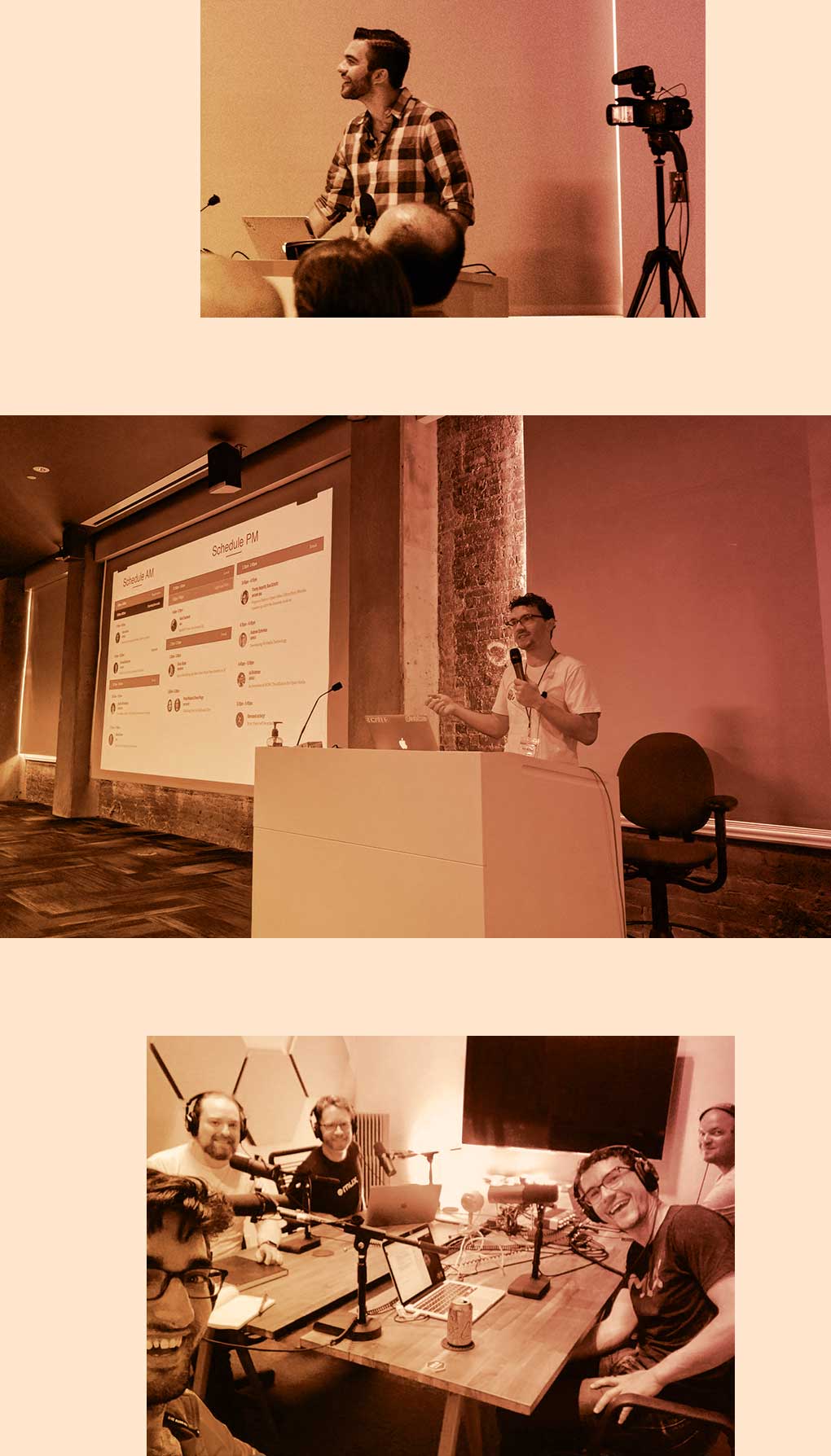
Our Guiding Principles
-
No Marketing
Speakers are selected based on their submission, not how much money their company paid; we will never, ever sell a speaking slot. Attendee information isn't for sale either, and that includes any sponsors.
-
Affordable
We want anyone in the industry to be able to come, which means keeping tickets reasonably priced (thanks largely to our generous sponsors). We also offer free and discounted tickets to students and open source contributors, so please reach out if you're interested.
-
For Everyone
Our community is dedicated to providing an inclusive, enjoyable experience for everyone in the video industry. In this pursuit, and in keeping with our love for reasonable standards, we adopted the Ada Initiative's Conference Code of Conduct
-
Community
We strive for high quality, technical content, but just as importantly, Demuxed works to strengthen the community of video engineers and raise the industry status quo, both in the Bay and around the world.
After Party
When the dust has settled and the talks are done, Brightcove is sponsoring an after party! This year's festivities are downstairs in the same venue, so we can just head straight there to enjoy some food and drinks after the conference. The schedule is packed, so this is the perfect opportunity to unwind and catch up with all your fellow attendees.
The only thing you need to get in is your badge, so make sure to bring it with you.



















